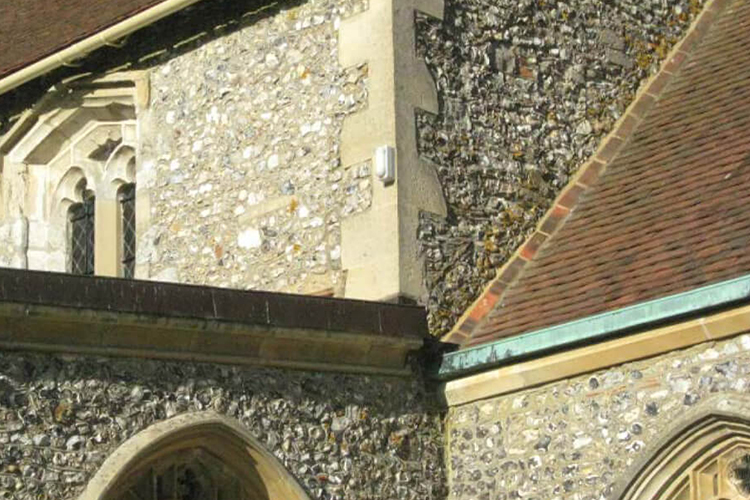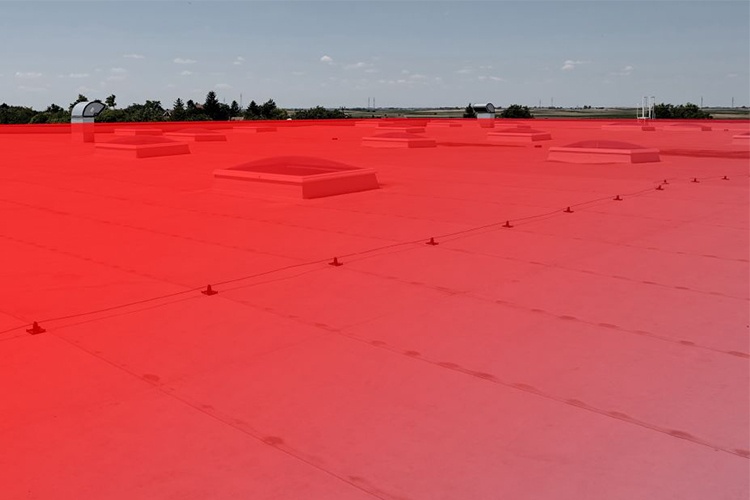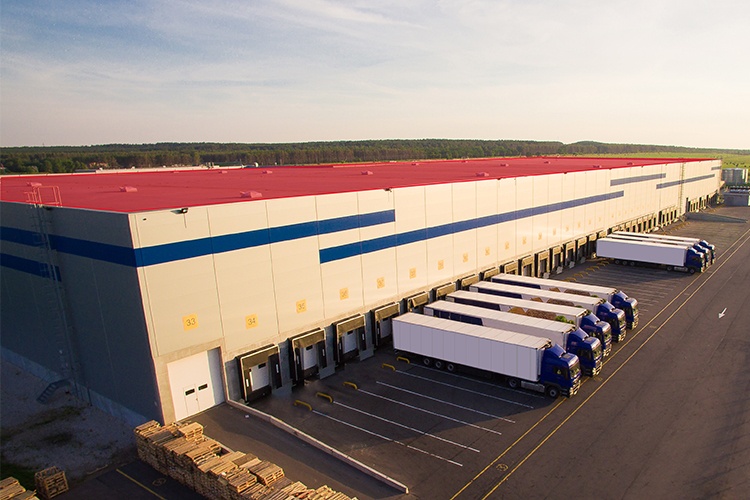Detecting intrusion on roofs
Optex advises how roofs can often be overlooked when security systems are put in place and yet they are often used as access point to intrude a building.

The aim of any good security system is protecting people and keeping property safe. Protection can be enhanced if the system can alert of any suspicious activity taking place anywhere in the building, and this includes roofs, which can often be overlooked when the security systems are put in place. Not only are roofs a common access point into a building, they can also be a target themselves, particularly where they contain valuable equipment such as solar panels, HVAC units or valuable metal such as copper.
Optex has been working worldwide with a wide range of sites to detect intrusion on roofs and help eliminate unauthorised access and equipment theft.
Heritage buildings
With a sharp increase in the price of copper, theft of the metal has become a global issue. Many heritage buildings including churches, contain copper structures on their roofs and become a target. There are accounts of over 100m of copper being stolen in one night leaving buildings with considerable damage to the roof and huge repair cost. Another challenge is organise crime gangs carrying out their rooftop attacks on stormy nights when they are less likely to be heard.
This was the case for a high-school in Georgia, North America, victims of copper theft who needed to protect their rooftops. Because of labour and the cost associated with wiring, along with the difficulty of bringing power to the rooftops, they selected battery-powered wireless PIRs which allowed quick installation and fast deployment of the security system protecting against copper and other related thefts.
Commercial buildings
Flat roofs on commercial buildings are relatively easy to access, using the fire escape staircase, adjacent buildings, ladders, or even the top of high vehicles. Depending on the level of threats and how sophisticated the criminals are, there are a range of detection solutions that are well suited to a wide variety of sites and operational requirements.
Ideal for smaller retail units, panoramic 180 degree PIR and dual tech sensors such as Optex WXS series can cover up 12m radius detection area and have two independent zones for dome camera activation, with the ability ignore small animals avoiding nuisance alarms.
High-security sites, particularly where there are roofs with skylights and glass facades, are an ideal application for 2D LiDAR sensors as their performance is not detected by light reflections.
Optex Redscan LiDAR range can cover large roofs, up to 100m, providing up to eight detection zones for camera activation and have the ability to define the target size. They can be mounted on the top on the roof to scan the area, and can also be mounted on the edge of the roof, one per side to capture anyone climbing along the wall and crossing the virtual ceiling created by the sensor before reaching the roof.
The installation on top of the roof, was the best solution for a national Retail Banking Franchise in North America. After experiencing an intrusion through the roof, where criminals cut a hole during working hours when the security system was deactivated to come back at night, the bank has installed 180 of Redscan LiDAR sensors across 150 locations to protect their roofs and detect any unauthorised activity.
Conclusion
Deploying outdoor security systems is a difficult task and rooftops are no exception, they can be exposed to harsh environments and susceptible to common causes of nuisance alarms such as falling leaves, birds or weather changes. The value of early and reliable detection can’t be underestimated and is where intrusion detectors can make a huge contribution to the wider security system.


Business Partner
OPTEX SECURITY B.V. (EU office)Mercuriusplein 1, Pharos Frame offices – 1st floor
2132 HA Hoofddorp
Netherlands
most read

Ping Identity Strengthens Defense Against AI-Driven Impersonation with Privacy-Preserving Biometrics
Ping Signs agreement to acquire Keyless, expanding privacy-first authentication across the entire user journey

Hochiki Fire Detection System Secures Villa San Carlo Hotel
Wireless and hardwired fire alarm systems can be specified in hotel projects that demand architectural sensitivity

Team Europe Wins ICC 2025 for Fourth Year Running
Europe secures 1st place at ICC 2025 in Tokyo, showcasing elite cybersecurity skills and global cooperation.

Romanian Security Summit 2025
Registration For Exhibition And Sponsors at the Romanian Security Summit Closing Soon
Media Kit 2026 GIT SECURITY International
Advertise with the international number one - with GIT SECURITY International. Media kit 2026 for download.









